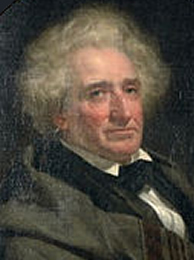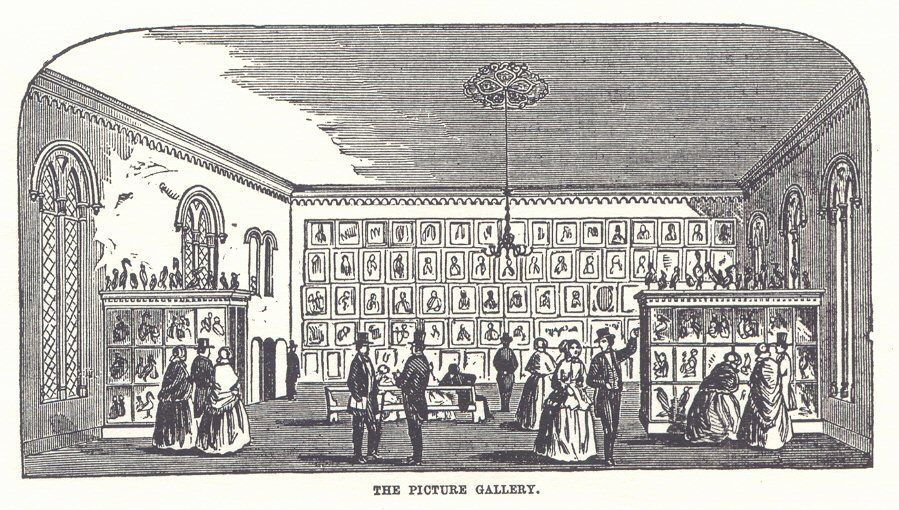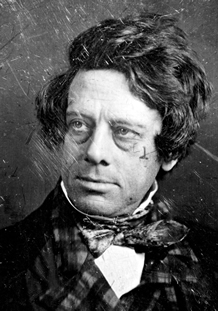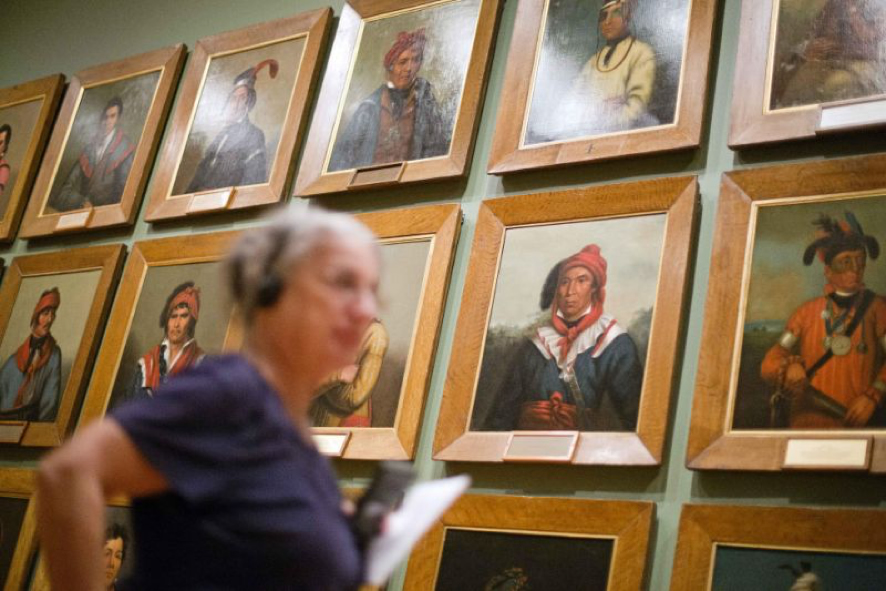Thomas L. McKenney and The Indian Archive

In 1824, mid-career government bureaucrat Thomas L. McKenney was appointed the first Superintendent of Indian Affairs, a new division established in the War Department under then Secretary of War John C. Calhoun. In his new role, McKenney received hundreds of Native American delegations as they arrived in Washington, DC, to negotiate with U.S. government officials over land rights. With the understanding that many tribal nations faced the certainty of removal from their lands and possibly even the risk of extinction, McKenney developed a plan to "preserve within the archive of the government whatever of the aboriginal man can be rescued from the destruction that awaits his fate."
A Picture Gallery

Thomas L. McKenney, Superintendent of Indian Affairs, hired the Washington, DC, artist Charles Bird King to paint more than one hundred portraits of Native American leaders during their stay in the capital. McKenney installed the portraits in the Bureau of Indian Affairs offices, where they were accompanied by artifacts from tribal cultures and biographical information about the sitters. In 1858, the pictures were moved to the new Smithsonian Institution's Picture Gallery and integrated into a larger collection of works documenting Native American life.
Henry Inman, Portrait Painter

Before being ousted from his post in 1830, Superintendent of Indian Affairs Thomas L. McKenney developed plans to transform the Indian Picture Gallery portraits he had commissioned into a book of lithographic prints. He hired Philadelphia artist Henry Inman to paint copies of the original portraits, which remained installed at the Bureau of Indian Affairs. Inman retained important details for the lithographers, although he was encouraged to work quickly. The paintings he copied had been stealthily delivered to Inman's Philadelphia studio and then swiftly returned to Washington before government officials took notice.
Disaster Strikes: The Smithsonian Fire

In 1858, the collection of over one hundred original portraits by Charles Bird King was transferred from the Bureau of Indian Affairs to the newly opened gallery spaces in the Smithsonian Institution. The collection was hung alongside other paintings and sculptures featuring Native American subjects in the dramatic Picture Gallery on the second floor of the new museum. In 1865, a fire destroyed the building. Henry Inman's copies of the original portraits remain as the surviving works from McKenney's Indian Picture Gallery project.
Building a Collection

The High Museum's collection of portraits of Native American leaders includes sitters from tribal nations across the country. The majority, however, depict leaders from communities historically based in the American South, including the Cherokee, Creek, Choctaw, and Seminole—many of whom were forcibly removed from their native lands following the passage of the Indian Removal Act in 1830. Signed by President Andrew Jackson, the act reversed previous land treaties and relocated over 16,000 people to territories to the west. Over four thousand people perished on the forced journey.

The High Museum is fortunate to hold in the collection eighteen portraits by Henry Inman from McKenney's Picture Gallery, twelve of which joined the collection in 2017 as a major gift from Atlanta philanthropists Ann and Tom Cousins. Twelve additional portraits by Inman from this series are on long-term loan to the Museum from the Atlanta-based Cousins Properties. With these combined holdings, the High Museum’s collection of Inman's important historical portraits ranks among the largest in the nation.

 High Museum of Art
High Museum of Art